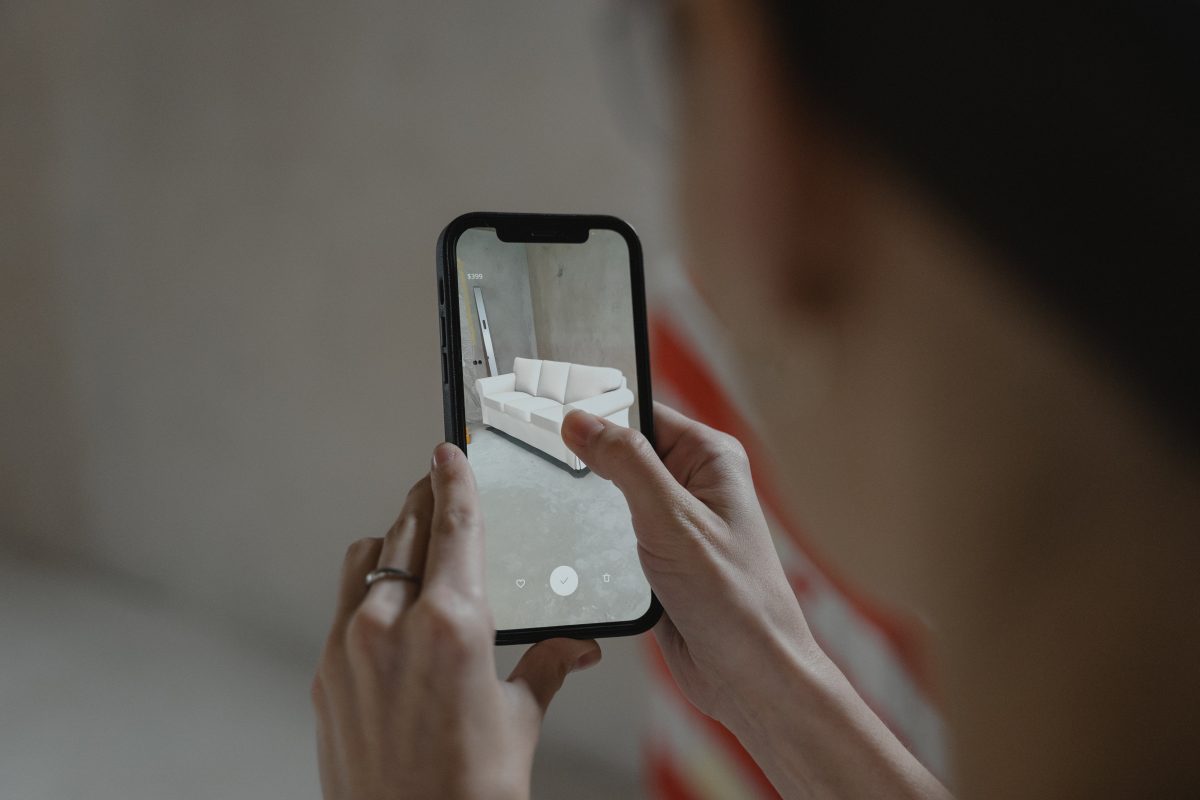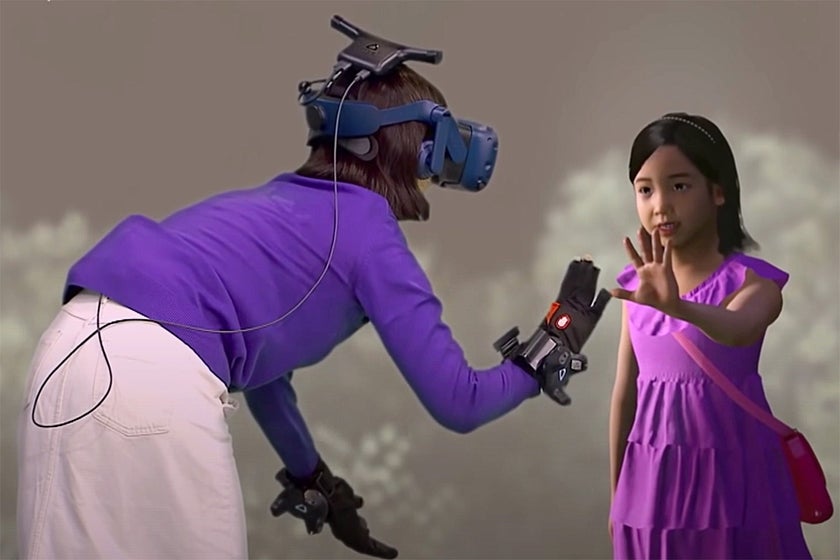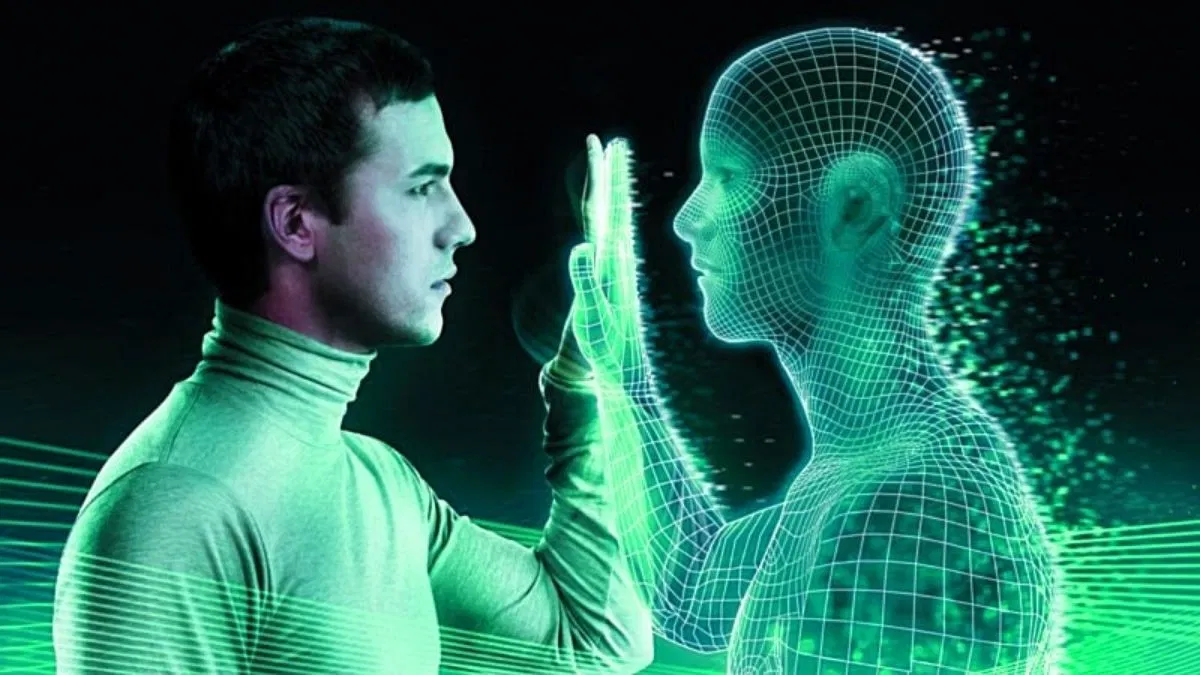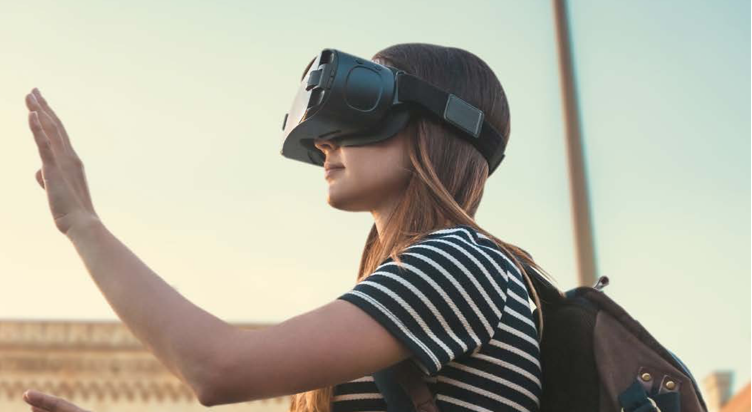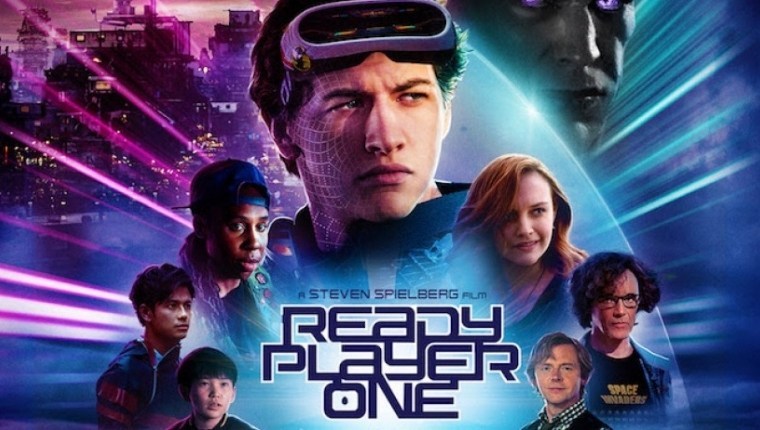In an era where ChatGPT can serve as your therapist and NotebookLM can be your teacher, children born into this generation are exposed to a world where, to their knowledge, artificial intelligence has always been present. Generation Alpha, denoting children born approximately between 2010 and 2025, is the first generation to grow up with constant access to online communication and entertainment platforms (Eldridge, 2025). Commonly referred to as “iPad kids,” these individuals are seen as digitally dependent and having their childhood deeply immersed in screens from a very early age.
This is why it is no surprise that they were one of the first adopters of virtual worlds, through online platforms like Roblox. The Metaverse describes the concept of a “three-dimensional virtual world, an embodied internet with humans and the physical world in it” (Momtaz & Paul, 2022). The Metaverse consists of a complex technological infrastructure that enables it to overcome traditional spatial, temporal, and resource-related constraints. Roblox is a platform for the Metaverse that provides social digital spaces for users to interact, create, and socialize (Han et al., 2023). The platform gathers millions of daily active users, targeting young audiences that use it to gather, create, and spend time.
Empirical studies have begun to emerge on the effectiveness of Roblox in education and how this can be maximised, demonstrating the endless possibilities of such virtual realities. For example, Roblox can be used for social interactive learning through a VR environment (Han et al., 2023). The adoption of VR presents innovative and flexible learning environment opportunities and experiences. Nevertheless, we must also consider the risks it may bring about, such as the loss and disconnection from reality in education, work, and society (Rospigliosi, 2022). This is reflected in Baudrillard’s work, where he coined the term “simulacra” to describe the creation of copies that either never had an original or whose original has been lost. He mentions the existence of a situation where the copy becomes indistinguishable from or even replaces the “real” (Baudrillard, 1994).
As humans continue to redefine how we express, connect, and interact, we must consider the effects that this will have on the wider society. So, will virtual reality become the new “reality”?
References
Baudrillard, J. (1994). Simulacra and simulation (Sheila Faria Glaser, Trans.). The University of Michigan Press. (Original work published 1981)
Eldridge, S. (2025, August 19). Generation Alpha. Encyclopedia Britannica. https://www.britannica.com/topic/Generation-Alpha
Han, J., Liu, G., & Gao, Y. (2023). Learners in the Metaverse: A Systematic Review on the Use of Roblox in Learning. Education Sciences, 13(3), 296. https://doi.org/10.3390/educsci13030296
A Microfoundation perspective on business model Innovation: The cases of Roblox and Meta in Metaverse. (2024). IEEE Journals & Magazine | IEEE Xplore. https://ieeexplore.ieee.org/abstract/document/10138790?casa_token=Idwkw_YNUOkAAAAA:-FryYerfXEV7jRf07LLbtA-XV6rlTRIDnp9dH1-61iiHYHUHW91Da2h5q0ETsvtl2BtbnffDbAVa
Momtaz, Paul P., Some Very Simple Economics of Web3 and the Metaverse (April 17, 2022). FinTech.
Rospigliosi, P. ‘asher.’ (2022). Metaverse or Simulacra? Roblox, Minecraft, Meta and the turn to virtual reality for education, socialisation and work. Interactive Learning Environments, 30(1), 1–3. https://doi.org/10.1080/10494820.2022.2022899





